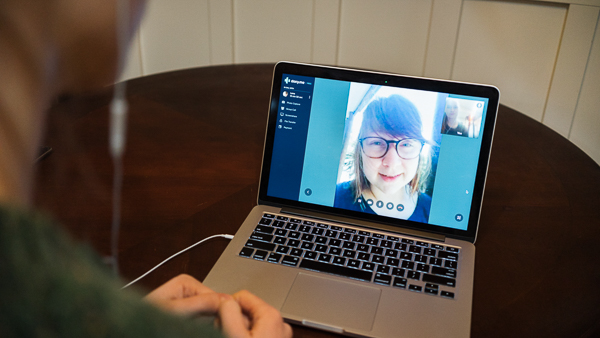We are living in interesting times and almost everyone has been impacted by the coronavirus COVID-19 pandemic in one way or another. Many mental health therapists here in Oregon have switched to telehealth to protect their clients, themselves, and their families. Telehealth is also often referred to as video counseling, online therapy, or virtual therapy. Here are 9 Tips to make Telehealth During A Pandemic easier.
How do therapist adapt the coronavirus restrictions?
Right now many therapists are scrambling to serve their clients in the best way possible, while trying to figure out how to convert their practice into a virtual one. There are so many things to consider, different platforms to choose from, and barriers to overcome, especially when they weren’t ever planning on providing services online.
Therapists have the responsibility to use best practices whenever possible and have to follow the HIPAA privacy rule (HIPAA = Health Insurance Portability and Accountability Act), and protect their clients PHI (Protected Health Information). Those rules have been loosened a bit during the current COVID-19 pandemic, so that therapists and clients can easily switch to telehealth. It is still best practices to use HIPAA compliant video communication platforms such as doxy.me, vsee.com, Zoom for Healthcare, etc.
Is online therapy right for you?
It might have been frustrating for the therapist and for the client having to switch to telehealth. Change is difficult, even more so when it’s imposed on us. You might think yourself: “I don’t want to see my therapist via video chat. I’ll wait until this is over.” Many people prefer to meet in person, and that’s understandable. Technology can be tricky and glitchy at times. It can be frustrating having to repeat what was said due to a bad connection or loose the connection altogether. On the other hand, isn’t it important, especially now, to stay connected to your therapist?
What if we look at it from a different perspective? No more traffic, looking for parking, paying for parking, or running late. One click and you can enter the virtual office from the comfort of your own home.
Here are 9 tips to make the transition to telehealth easier:
- Make sure that you have a good internet connection. Use your ethernet cable instead of WiFi if you can.
- Use your computer/laptop instead of your handheld device.
- Update to the latest browser version.
- Close all other apps and/or restart your computer before each session.
- Make sure that you are in a private area where nobody else can hear you. It’s important to keep confidentiality and to keep distractions away from you.
- Use a noise machine outside the door to keep people from eavesdropping (if you have roommates or family members), or play white noise over your speaker.
- If you can’t find privacy in your own home, you could sit in your car (if you have good internet service on your phone/tablet).
- Talk about the anxiety you are experiencing trying something new such as telehealth. It’s normal to feel uncomfortable at first.
- Ask your therapist to call you at the start of your first video session to walk you through the log-in process.
Still on the fence and not sure if Telehealth therapy is right for you? Maybe just give it a try. You can always change your mind if you truly think that telehealth is not for you after trying it. Contact me here for a free 15 minute consultation.



